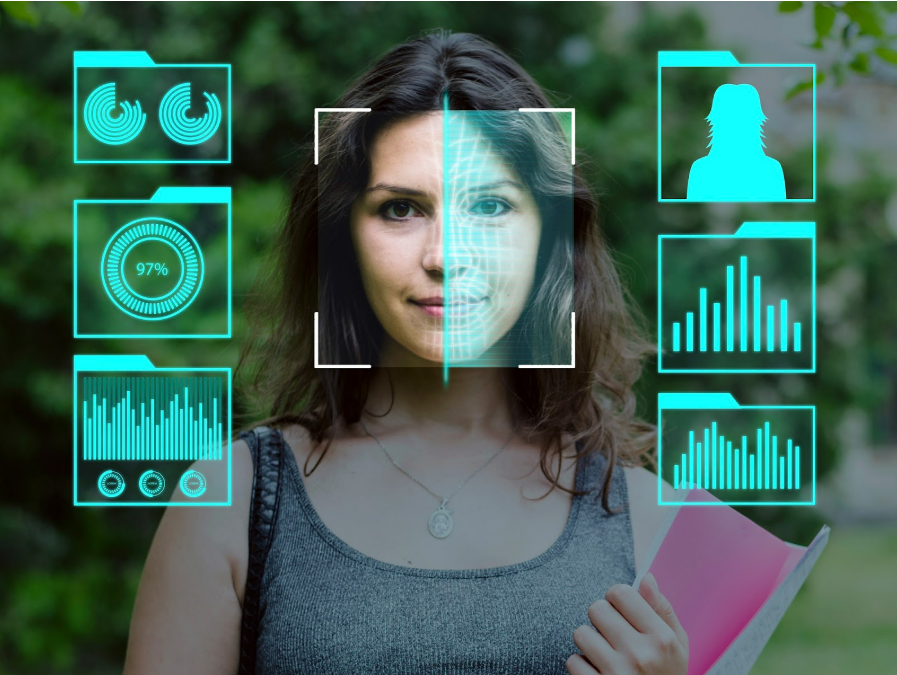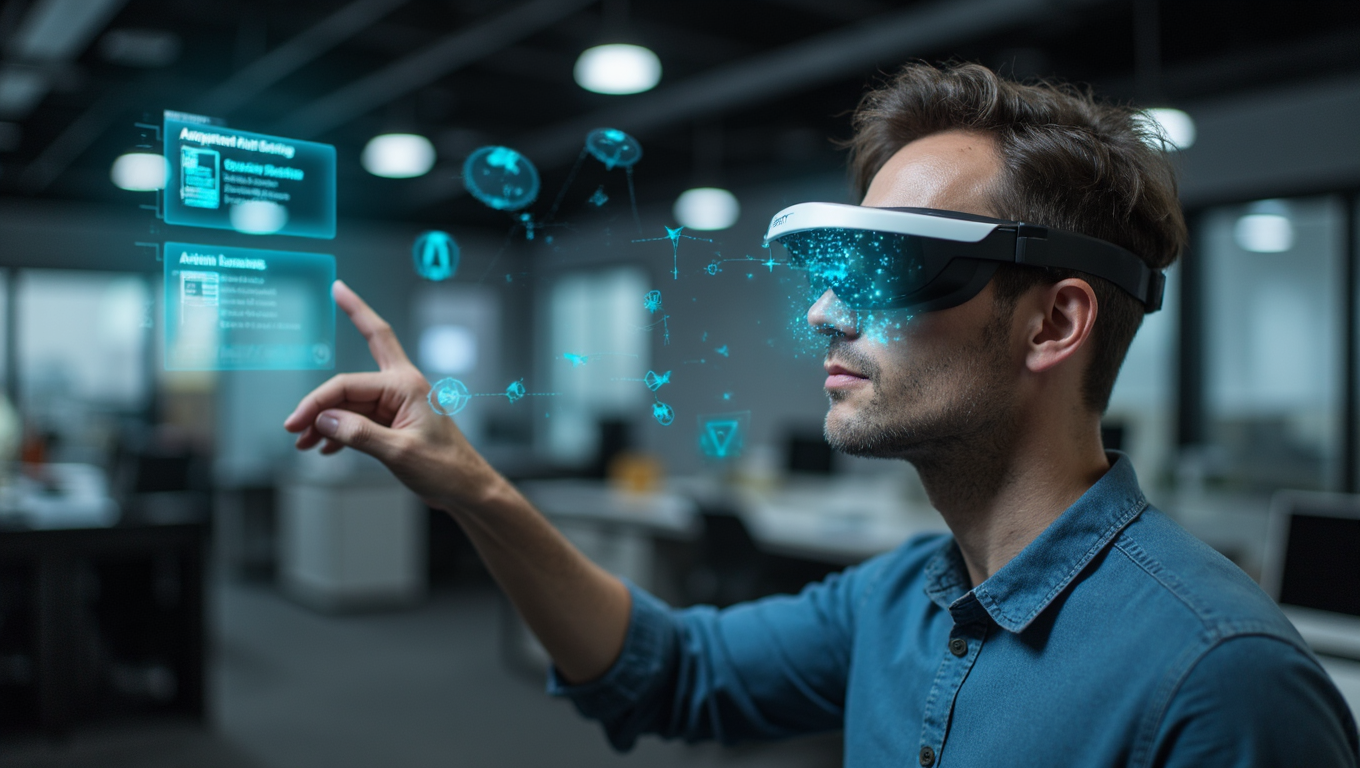There’s a rapid shift in how information, social ties, and services reach you, and understanding internetchocks helps you navigate benefits and risks of constant connectivity; this overview explains how online communication alters attention, trust, and opportunity, offers practical ways you can manage digital overload, and highlights how policy and design choices will shape your digital experience moving forward.
Key Takeaways:
- Online communication reconfigures social ties and communities, enabling rapid collaboration and weak-link networks while also fostering echo chambers and surface-level interactions.
- Connectivity dramatically speeds information diffusion, boosting innovation and coordination but also amplifying misinformation and algorithm-driven visibility biases.
- Benefits are uneven: the digital divide, privacy risks, and constant connectivity affect economic opportunity and mental well-being, calling for targeted policy and design responses.
The Evolution of Online Communication
Historical Context
You can trace the roots of modern online communication to ARPANET and the first email sent by Ray Tomlinson in 1971. Bulletin board systems and Usenet in the 1980s created early communities, while IRC and dial-up forums in the 1990s scaled real-time chat. Friendster (2002) and MySpace (2003) moved social interaction online, setting the stage for the platforms you use today.
Major Milestones
Web milestones reshaped how you connect: the World Wide Web (1991) enabled hyperlinked content, broadband adoption replaced dial‑up across many markets by the mid-2000s, and social platforms like Facebook (2004) and Twitter (2006) scaled personal publishing. The iPhone (2007) plus app ecosystems mobile‑optimized communication, while WebRTC (2011) and WhatsApp (2009) popularized real‑time voice, video, and encrypted messaging.
Consider the pandemic-induced acceleration: Zoom’s daily meeting participants rose from about 10 million in December 2019 to over 300 million by April 2020, and WhatsApp reported around 2 billion users by 2020. These shifts forced your workplace tools to support HD video, end-to-end encryption, and sub-150 ms latency expectations, changing product roadmaps and network investments globally.
The Psychological Impact of Online Connectivity
With more than 5 billion people online and average social-app use around 2-3 hours daily, your cognitive load and emotional regulation are constantly taxed. Platforms amplify social comparison, instant feedback, and fragmented attention; for example, notification bursts can reduce your sustained attention by roughly 20-30% in task-switching tests. Over time, these micro-disruptions change how you process rewards, increasing reliance on quick social validation instead of deeper, offline interactions.
Social Interaction and Loneliness
Research shows passive scrolling and curated feeds increase perceived social isolation; a 2018 randomized trial found that limiting social media to 30 minutes per day for three weeks reduced loneliness and depression among young adults. When you trade depth for breadth – hundreds of online contacts but few close conversations – your real-world support networks can shrink, leaving you more vulnerable during stressful periods.
Mental Health Considerations
Clinical studies associate heavy online engagement with higher rates of anxiety and depressive symptoms, with meta-analyses reporting small-to-moderate effects. You may notice sleep latency increases-screen use before bed can delay sleep by 30-60 minutes-and heightened rumination from doomscrolling. Neurobiological studies suggest repeated short dopamine hits from likes and shares can reinforce checking behaviors that mirror addictive patterns.
Practical signs that your online habits are harming mental health include escalating anxiety, mood swings, withdrawal from offline activities, or persistent sleep disruption for more than two weeks. You should also note exposure to harassment: Pew surveys indicate nearly 60% of U.S. teens report some form of online harassment, which correlates with higher self-harm and depressive ideation. Early recognition and targeted changes-limiting screen time, curating feeds, or seeking therapy-often reduce symptom severity.
Online Communication in Professional Environments

As you navigate company channels, asynchronous messaging and video calls now shape workflows: teams of 5-50 routinely coordinate across time zones, cutting decision cycles from weeks to days. Email volumes often fall while chat activity rises-some groups send 200+ messages daily-so you set norms for context, archival, and meeting hygiene to keep work auditable and sustainable.
Remote Work Trends
Hybrid schedules dominate: many organizations expect you in-office 2-3 days per week while preserving remote flexibility, which improves retention and lowers real estate spend. Companies such as Microsoft and Salesforce formalized mixed models, and your role will increasingly hinge on overlapping core hours, documented async processes, and measurable output rather than physical presence.
Virtual Collaboration Tools
You rely on tools like Slack, Zoom, Google Workspace, Figma and Miro to replace hallway conversations; integrations link tickets, documents and metrics so decisions remain traceable. Real-time editing and persistent channels reduce version conflicts, and enterprises prioritize SSO and DLP to secure data while enabling rapid, cross-functional work.
Dive deeper: you should track metrics-task cycle time, meeting hours saved, adoption rates-to prove ROI. GitLab’s handbook-first, fully remote approach across ~1,500+ contributors shows how exhaustive documentation plus async tools slashes meeting load and speeds onboarding. In practice you combine threaded chat, shared boards, and versioned docs to cut rework, enforce retention policies, and maintain compliance without slowing collaboration.
The Role of Social Media in Modern Communication
Influence on Relationships
Your social circles now span continents, with the average person spending about 2.5 hours daily on social platforms, which helps you maintain long-distance ties and join niche communities. At the same time, heavy use-often over three hours a day-correlates with increased reports of anxiety and loneliness in adolescents, and passive scrolling can reduce face-to-face intimacy. You benefit from instant coordination and support groups, yet must balance quantity of contacts with depth to keep relationships healthy.
Spread of Information and Misinformation
Platforms amplify content to maximize engagement, so you often see sensational posts first; roughly 4.9 billion people use social media worldwide, giving any story huge reach. During COVID-19 the WHO labeled the surge of false claims an “infodemic,” and researchers found false stories on Twitter spread faster than true ones, demonstrating how virality can outpace verification and force you to verify sources before sharing.
Algorithms tailor your feed based on clicks and shares, creating echo chambers where confirmation bias reinforces beliefs; you then encounter targeted political ads and personalized headlines that shape opinion. High-profile examples include the Cambridge Analytica scandal, which exposed data harvesting from about 87 million Facebook profiles, and platform responses like WhatsApp’s 2019 limit of forwards to five chats-measures that show both the scale of the problem and partial remedies you should use alongside critical thinking.
The Global Connectivity Phenomenon
By 2023 more than 5 billion people were online, and you experience that scale when a meme, news item, or livestream travels across continents in minutes. Mobile-first adoption and platforms like WhatsApp (over 2 billion users) and global streaming services reshape how your social circles form, while open-source collaborations on GitHub link developers in Nairobi, Berlin, and São Paulo to build shared digital infrastructure and services.
Bridging Cultural Divides
You encounter cultural exchange daily: streaming platforms spread K-drama and Nollywood to new audiences, virtual exchange programs connect students across borders, and language apps plus captioning tools let you consume foreign media. For example, volunteer subtitling communities translated Squid Game and other series into dozens of languages within days, accelerating cultural diffusion and niche fandoms that once took years to form.
Digital Divide and Accessibility Issues
Despite global reach, gaps persist: about 15% of the world lives with a disability and many digital services ignore accessibility standards like WCAG, while affordability remains a barrier-A4AI’s 2% monthly-income benchmark shows broadband is still out of reach in numerous low-income countries. You often face degraded access in rural zones where investment lags and device constraints limit participation.
Practical interventions you can spot include low-earth-orbit networks (e.g., Starlink expanding remote coverage), mobile money models like Kenya’s M-Pesa boosting inclusion, and policy tools such as Universal Service Funds to subsidize rural infrastructure. At the same time, accessibility improvements-implementing WCAG, offering captions, and supporting screen readers like NVDA and JAWS-directly affect whether your neighbors can fully participate in the connected world.
The Future of Online Communication

With 5G and edge computing driving latency toward single-digit milliseconds, you should expect everyday interactions to shift from flat video calls to spatial, mixed-reality collaboration; Apple Vision Pro (2024) and Meta headsets already show how holographic workspaces and persistent shared documents can operate, while GPT-4-class models enable on-the-fly summarization, translation, and moderation to keep conversations coherent at scale.
Emerging Technologies
WebRTC is now supported by all modern browsers, so you can join low-latency audio/video sessions without plugins, and combining that with edge AI lets companies run real-time voice translation and sentiment analysis; haptic glove pilots from HaptX and ultrasonic-feedback research demonstrate tactile cues, and federated learning keeps personalized models local to your device while improving global accuracy.
Predictions for Connectivity
By the end of this decade you will see hybrid networks: terrestrial 5G/6G research targets terabit-per-second links and sub-millisecond slices, while constellations like Starlink (4,000+ satellites) extend low-latency coverage to remote regions, enabling persistent IoT meshes and seamless handoffs between satellite and ground for mobile AR and telemedicine.
Governments and industry are funding multi-billion-dollar 6G initiatives focused on integrated sensing and communications, so you can expect standards work and early commercial trials before 2030; operators will prioritize network slicing for guaranteed bandwidth in critical apps, and public-private pilots in countries with sparse fiber are already using LEO satellites and private 5G to close local connectivity gaps.
To wrap up
Taking this into account, you must weigh how internetchocks – the rapid shifts in online communication and connectivity – reshape your social ties, information flow, and digital safety; by adapting your habits, evaluating sources, and setting boundaries you can harness benefits like broader reach and faster collaboration while mitigating risks such as misinformation, privacy erosion, and attention fragmentation.
FAQ
Q: What does “internetchocks: The Impact of Online Communication and Connectivity” mean and how has online communication transformed everyday social interaction?
A: “internetchocks” describes the rapid, wide-ranging effects that constant online connectivity has on societies and individuals. Online communication has expanded social reach and accelerated information exchange, enabling real-time coordination, global communities, and new forms of identity expression.
It has also changed conversational norms-favoring short, frequent exchanges and algorithmically amplified content-which affects attention, empathy, and the way trust is formed. These shifts create both opportunities for broader collaboration and challenges like fragmented attention, social comparison, and amplified conflict.
Q: What are the main benefits and risks of increased connectivity for work, education, and civic life?
A: Benefits include easier remote collaboration, broader access to learning resources, faster mobilization around causes, and new economic opportunities through digital platforms. Risks include misinformation spreading rapidly, surveillance and data exploitation by private and public actors, platform monopolies shaping discourse, digital burnout from constant availability, and unequal access that deepens existing social divides. The net impact depends on regulations, platform design choices, and how organizations and communities manage digital tools and norms.
Q: How can individuals, organizations, and policymakers reduce harms from internetchocks while enhancing positive outcomes?
A: Individuals can set communication boundaries, diversify information sources, practice media literacy, safeguard privacy with strong passwords and two-factor authentication, and use moderation tools to limit overload. Organizations should design humane workflows, adopt transparent content policies, invest in equitable access and digital skills training, and prioritize ethical data practices.
Policymakers can promote stronger privacy protections, require algorithmic transparency and accountability, support independent fact-checking and civic education, and fund broadband access to reduce disparities. Combined, these measures help preserve the benefits of connectivity while mitigating social and psychological harms.





